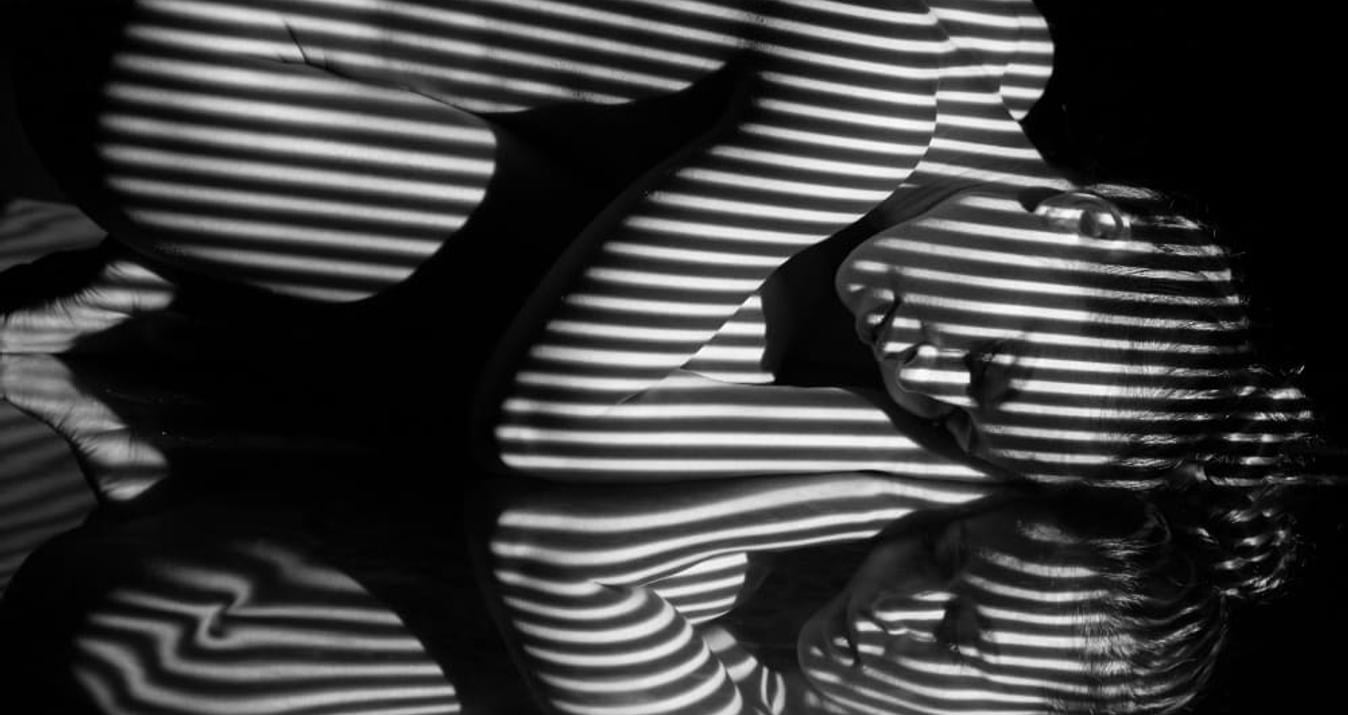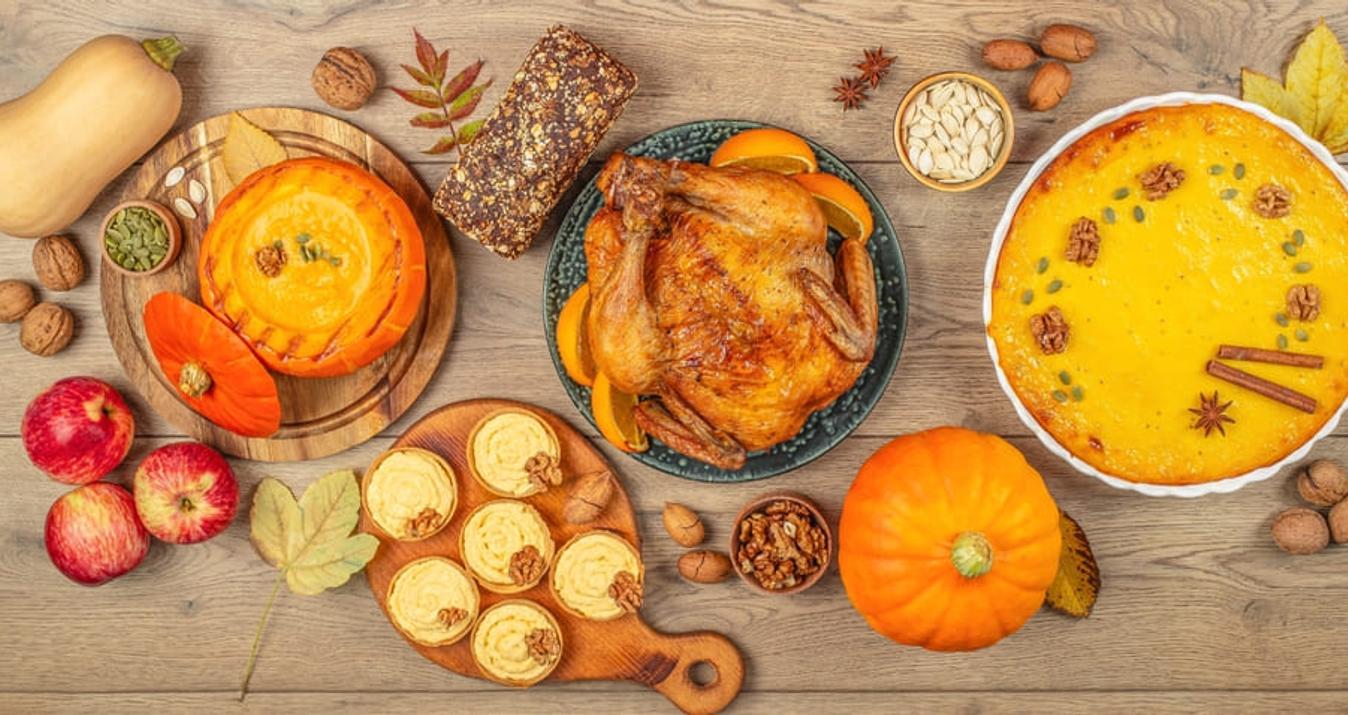How To Capture A Lunar Eclipse: Master Camera Settings and Techniques
May 16, 2023

Learn how to take stunning pictures of a lunar eclipse with expert tips on camera settings for lunar eclipse photography. Explore techniques and best practices for photographing the lunar eclipse and capturing the beauty of this celestial event.
How to Photograph a Lunar Eclipse
Are you prepared to capture the mesmerizing beauty of a lunar eclipse and push your astrophotography skills to the limit? The unique and rewarding challenge of photographing this awe-inspiring celestial event is a must-try for any photographer.
Unlike a solar eclipse, a lunar eclipse is visible from anywhere on Earth where the Moon is above the horizon. Some say a lunar eclipse is a sign of impending doom, while others say it is a time for spiritual reflection, but a lunar eclipse presents the perfect subject to create truly breathtaking images.
Careful planning, equipment selection, and camera settings are necessary to achieve the best results. This comprehensive guide shows you the best way to photograph a lunar eclipse, including techniques and tips to help you create images out of this world.
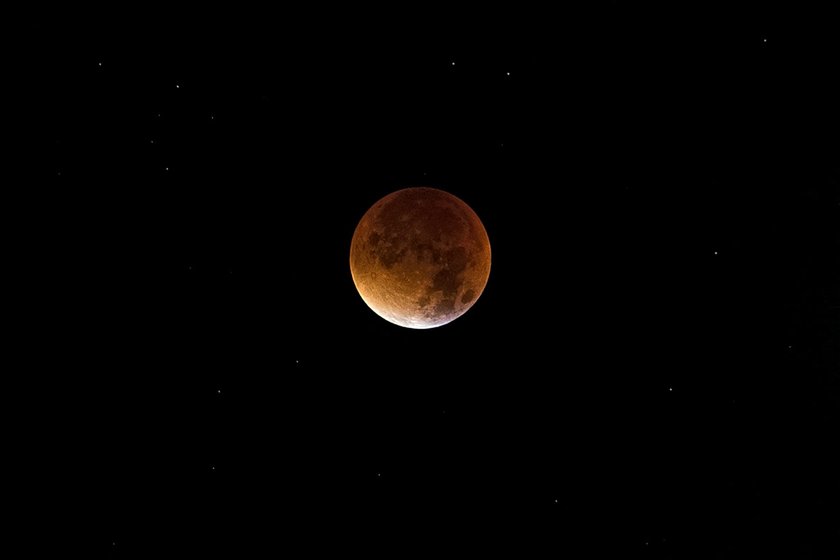
Understanding Lunar Eclipse
A lunar eclipse occurs when the Earth passes between the Sun and the Moon, casting a shadow on the lunar surface.
Types Of Lunar Eclipses
There are three types of lunar eclipses: total, partial, and penumbral.
- A total lunar eclipse occurs when the Moon passes completely through the Earth's shadow, while
- A partial lunar eclipse occurs when the Moon passes partially through the shadow.
- A penumbral lunar eclipse occurs when the Moon passes through the outer part of the Earth's shadow, causing a subtle darkening of the lunar surface.
The best time to capture a total lunar eclipse is a full moon when the night sky is dark. To successfully photograph a lunar eclipse, you must adjust the best camera settings for the lunar eclipse. Start with a low ISO setting, around 100 or 200, and set your shutter speed to about 1/60th of a second; eclipse is the best shutter speed technique. Use a telephoto lens with a focal length of at least 200mm to capture the moon durinThirdsclipse.
Stages Of A Total Lunar Eclipse
During a total lunar eclipse, the moon goes through different stages. The first stage is when the moon enters the Earth's shadow, and a partial eclipse is visible.
Next, the moon passes into the darkest part of the shadow, known as the umbra, and a total eclipse is visible. This is when the moon takes on a reddish hue, known as the "blood moon."
Finally, the moon emerges from the umbra, and a partial eclipse is visible again before the eclipse ends.
To capture the different stages of the eclipse, you will need to track the moon as it moves across the sky. Use a sturdy tripod to avoid camera shake, and manually focus your lens on the moon to ensure the best results. It's also essential to ensure your camera is securely attached to the tripod, as the weight of your camera and lens can cause the tripod to tip over.
If you plan to photograph an upcoming lunar eclipse, arrive at your location early and scout out a good spot to set up your camera. With the right equipment and patience, you can capture a beautiful eclipse and add stunning lunar surface images to your portfolio.
Planning And Preparing For Lunar Eclipse Photography
Photographing a lunar eclipse can be an exciting and rewarding experience for any photographer. However, it requires some planning and preparation to capture the best results.
Researching The Date, Time, And Location Of The Lunar Eclipse
The first step is to research the date, time, and location of the upcoming lunar eclipse. This information is crucial to ensure that you are in the right place at the right time to capture the eclipse. You can find this information on various websites or apps, such as the NASA Eclipse website.
Resources For Lunar Eclipse Information And Predictions
What you need to do next is to gather resources for lunar eclipse information and forecasts. You can find it on NASA's Eclipse website, online forums, and social media groups. These resources will provide you with practical information about the different stages of the eclipse, the lunar surface, and how to track the moon during the eclipse. They can also help you understand the best camera settings for lunar eclipse photography, including the best ones for capturing a total lunar eclipse.
Scouting A Location And Considering Weather Conditions
Be sure to arrive at your location early and scout out a good spot to set up your camera. The location must offer a clear night sky view without obstructions such as trees, buildings, or streetlights. It is also essential to check the weather forecast to confirm that you have clear skies on the eclipse night. Amidst that, remember that camera settings for lunar eclipse photography can vary based on the different stages of the eclipse. For example, you require a faster shutter speed during the partial eclipse, while a longer shutter speed may be necessary during the total eclipse.
Required Gear and Equipment
Lunar eclipse photography requires the right gear for great shots, patience, and skills.
Choosing The Right Camera For Capturing A Lunar Eclipse
You need a camera with manual controls that allow you to adjust the settings to the lighting conditions. A DSLR camera setting for a lunar eclipse with a high ISO range is ideal for capturing the night sky, and using a full-frame sensor can also help improve image quality. Be sure to use the right lenses– a telephoto lens with a focal length of at least 200mm can help you capture the details of the lunar surface.
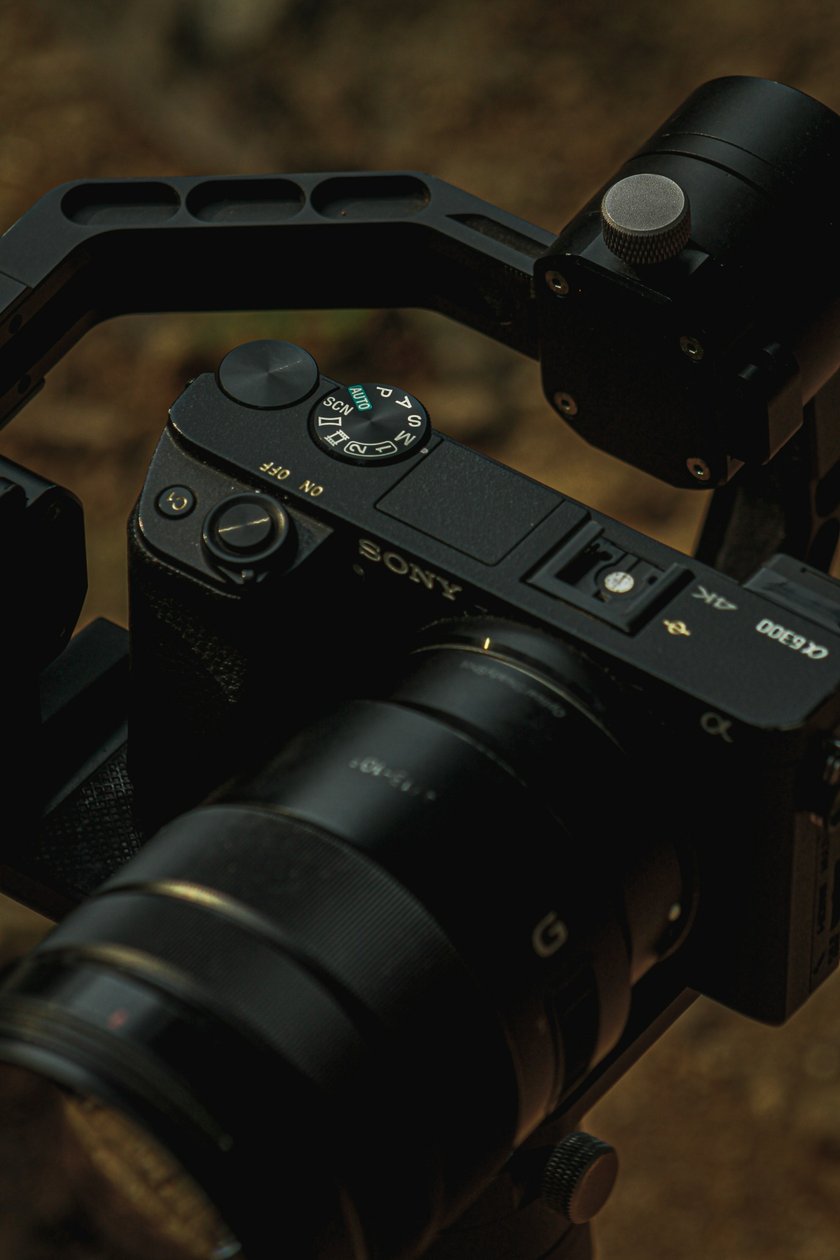
Stabilizing Your Shot: Tripods And Remote Shutter Releases
If you want sharp eclipse images, you must stabilize your camera. A tripod is necessary to keep your camera steady, and a remote shutter release can prevent camera shake caused by pressing the shutter button. This allows you to take longer exposures without worrying about blurring the images. Also, disable any image stabilization features on your lens or camera to prevent interference.
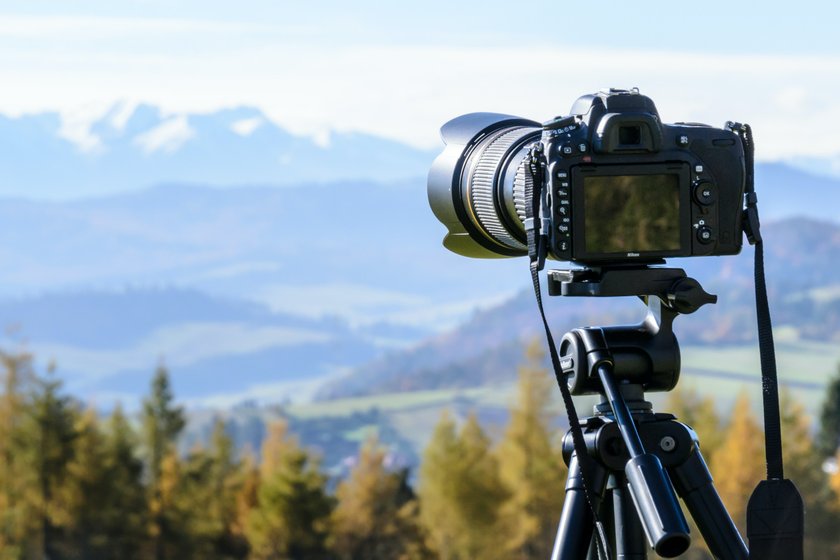
Benefits Of Using A Telephoto Lens And Other Accessories
A telephoto lens and other accessories like the tripod are must-have accessories for capturing the total lunar eclipse. It allows you to zoom in and grab the details of the moon, such as its craters and the lunar surface. Also, telephoto lenses have a narrow field of view, making them perfect for isolating the moon from the surrounding night sky. A focal length of 200mm or more is recommended to capture the best results.
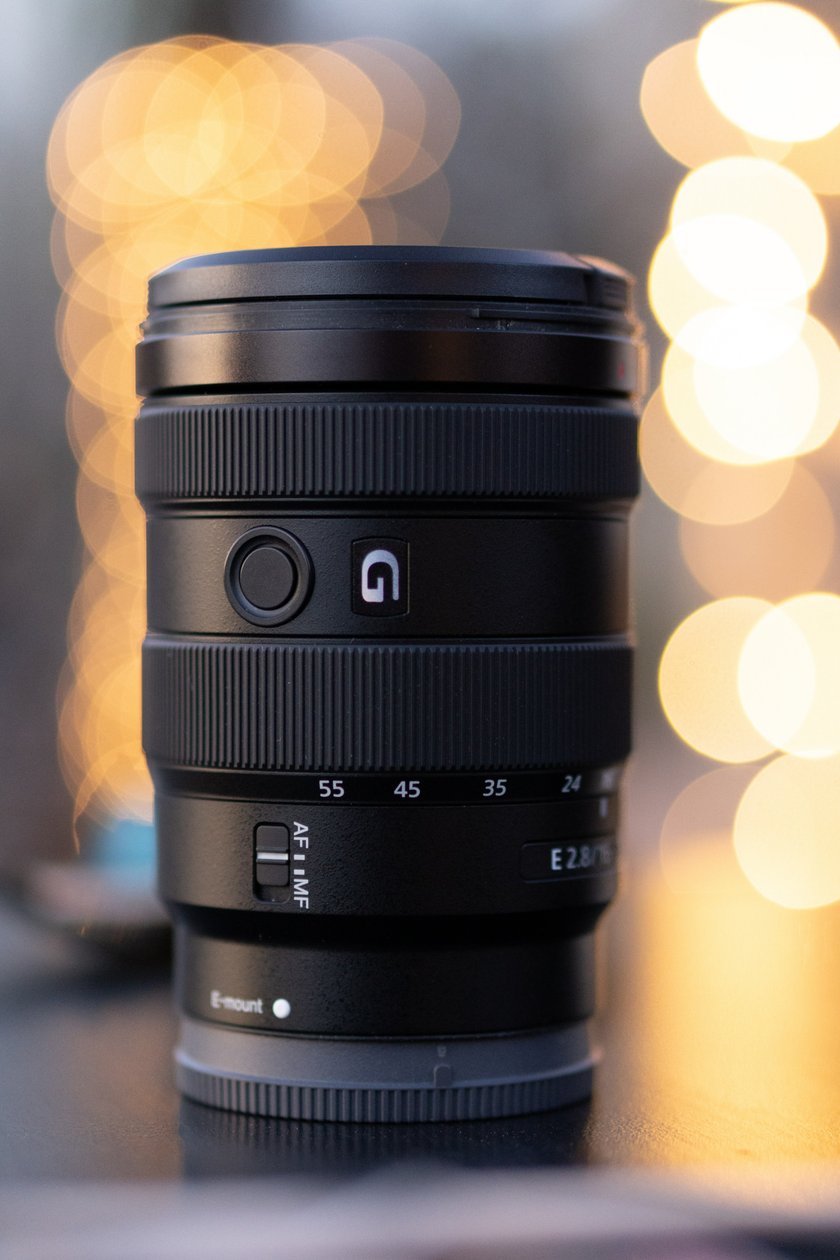
Camera Settings For Lunar Eclipse Photography
The proper camera settings make all the difference in capturing a beautiful eclipse. Let’s take a look at some of the best lunar eclipse photography settings.
Recommended Settings For:
- ISO: 200 or 400 to avoid excess noise in your images.
- Aperture: A setting between f/5.6 and f/11 will balance the depth of field and sharpness.
- Shutter speed: During the partial eclipse, a faster shutter speed between 1/60th and 1/125th of a second is ideal, while during the total eclipse, a longer shutter speed between 1 and 15 seconds is recommended.
- White balance: Daylight or "sunny" to avoid color casts.
- Focus: Manual focus mode to help you focus on the moon itself to avoid autofocus errors.
Explanation Of The Exposure Triangle And Its Role In Lunar Eclipse Photograph
The exposure triangle comprises ISO, aperture, and shutter speed. ISO refers to the camera's sensitivity to light, an aperture is the size of the opening in the lens that lets light in, and shutter speed is the amount of time the camera's sensor is exposed to sunlight. Adjusting any of these settings will affect the others, so finding the right balance for your desired result is essential.
For example, if you increase your shutter speed to capture more of the lunar surface during the total eclipse, you may need to adjust your aperture or ISO to compensate for the decreased light. Skylum's Luminar Neo is a powerful photo editing software that can help you fine-tune your images after the fact to achieve the best results.
Composition and Framing Techniques
The best lunar photography involves using composition techniques that create visually appealing photos.
Composition Techniques For Captivating Lunar Eclipse Images
One technique uses leading lines that draw the viewer's eye toward the moon. These lines could be a bridge, a road, or any other element that guides the eye toward the moon.
Another technique is to use patterns, shapes, and textures, such as tree branches or clouds, to create contrast and depth in the image. It's just like photographing the edge of the moon, which showcases the difference between the illuminated and dark portions of the lunar surface.
Importance Of Foreground Elements And The Rule Of Thirds
The foreground elements are essential in lunar eclipse photography as they provide context and scale to the image. One popular composition rule is the rule of thirds, where the image is divided into nine equal parts, and the focal point is placed at one of the intersections. This helps to create a more balanced and visually appealing image. Placing the moon in one of the thirds allows for the foreground elements to be highlighted in the other two thirds, creating a more compelling composition.
Creative Ideas For Capturing Unique Perspectives Of The Lunar Eclipse
To capture unique perspectives, photographers can experiment with innovative framing techniques. Some crucial tips for photographing a lunar eclipse are:
- Use a wide-angle lens to capture a panoramic night sky view, including the moon and the surrounding landscape.
- Use a telephoto lens to zoom in on the moon and capture it in detail.
- You can also experiment with multiple exposures or time-lapse photography to capture the different stages of the eclipse and create a more dynamic image. For instance, as seen from Earth, you can photograph other visible portions of the moon's surface, which can change depending on the moon's phase.
Using these techniques and experimenting with different perspectives can result in captivating and visually appealing lunar eclipse images.
Post-Processing Tips For Lunar Eclipse Photos
Knowing how to take pictures of the lunar eclipse is not enough. If you want your lunar Eclipse images to look their best, spending some time on post-processing is important.
Benefits Of Shooting In Raw Format
Shooting in raw format is highly recommended because it gives you greater control over the final image. Raw files contain all the image data captured by your camera, allowing you to adjust exposure, contrast, and color in post-processing without losing quality.
Basic Post-Processing Techniques
After shooting in raw format, there are some basic post-processing techniques that you can use to enhance your lunar eclipse images. These are:
1. Adjusting Exposure And Contrast:
Exposure and contrast dramatically affect the final image. If the two- third is dark or too bright, you can use the exposure slider to adjust the brightness, while the contrast slider can help increase the visual separation between light and dark areas of the image.
2. Enhancing Colors And Sharpness:
Colors and sharpness bring out the vibrant tones of the lunar surface and make your image more visually appealing.
3. Noise Reduction:
Noise reduction can help eliminate any graininess in your image, mainly if you shoot at a higher ISO to capture the lunar eclipse.
When post-processing your lunar eclipse images, you can use Skylum's software, such as Luminar Neo, which offers a range of powerful tools to help enhance your pictures. With Luminar Neo, you can adjust exposure, contrast, color, and noise reduction with just a few clicks. By following these basic post-processing techniques and using the right software, you can ensure that your lunar eclipse images look their best.
Conclusion
Planning, preparation, and understanding of camera settings are essential for capturing a stunning lunar eclipse image. Researching the date, time, and location of the upcoming lunar eclipse is crucial to ensure you are in the right place at the right time. Gathering resources for lunar eclipse information and predictions can provide valuable information on the different stages of the eclipse. It is also necessary to scout for a location with an unobstructed view of the night sky and check the weather forecast. Knowing the proper camera settings, such as ISO, aperture, and shutter speed, can make all the difference in capturing a beautiful eclipse image.
Remember that practice makes perfect. So when photographing a lunar eclipse, don't be discouraged if you don't do well on your first attempt. Practicing different camera settings, compositions, and techniques will help you find the ideal combination that suits your needs. Keep in mind that photography is an art form with no definitive method. So, discover what works best for you and have fun while trying different techniques and camera settings. With time and dedication, you will succeed in capturing the perfect lunar eclipse image.
FAQs
What Types Of Lunar Eclipses Can Be Photographed?
Different lunar eclipses can be photographed, including partial and total ones.
When Can A Lunar Eclipse Be Photographed?
A lunar eclipse can be photographed when it appears, which varies depending on the event's date, time, and location.
What Gear And Equipment Are Essential For Photographing A Lunar Eclipse?
Essential gear and equipment include a camera with a telephoto lens, a tripod, and a remote shutter release.
How Do I Edit And Enhance My Lunar Eclipse Photos In Post-Processing?
To enhance your lunar eclipse photos, shoot in RAW formats and adjust the exposure, contrast, and colors. For more photo editing tools and presets, check out Skylum's Luminar Neo software, which includes features such as sky replacement, image brightening, denoise AI, and AI image upscale That can help you improve the quality of your lunar photograph.



